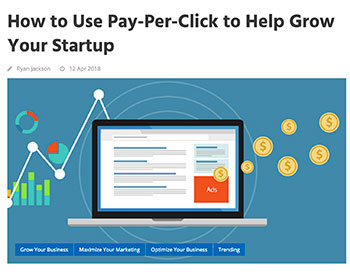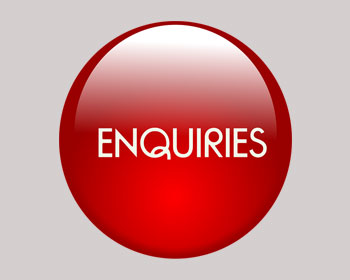With the ongoing amount of competition businesses face in this online world of social media, it's now essential to take advantage of paid traffic campaigns to increase conversions.
But how do paid traffic campaigns work? Who should consider using them? Is it time for your business to invest in this?
Let's dive into what paid traffic campaigns are and if your business is the right fit for them.
What Does Paid Traffic Mean?
No, I'm not talking about the type of "vehicle traffic" on the roads, although that is an excellent reference. When I'm talking about "traffic," I mean the number of people who visit your website (or the goal link).
There are two types of traffic to remember - paid and organic traffic. While organic traffic comes naturally, paid traffic is just that - "paid for."
Organic traffic is when people make the decision themselves to find you. For example, they search for something about dogs in Google. Your website then appears organically in the search results.
You haven't paid for them to find you.
There are different ways you can increase this organic reach, but I won't go into that for this article.
“Paid traffic" is where you pay in the form of advertising to reach your desired audience.
How Does It Work?
Let's say you pay someone to hand out brochures for your business. Someone then visits the website - your website - displayed on that brochure.
You can call this paid traffic because you paid someone to help you get it.
Now take this into an online platform, like Facebook or Instagram. Now you have an even bigger audience to work with.
It works by given the platform a set budget, creating a targeted traffic campaign, and letting it help your audience find you.
What Can You Do With More Traffic?
More traffic means a bigger potential to earn revenue. The more people who visit your website, store, or whatever it is, the higher the chance of converting them.
Of course, there is a lot of backend work that goes into it, too.
You can't just "pay" for traffic and hope for the best. There are other things like website appearance, customer experience, and more.
Basically, you get more eyeballs on your content.
Depending on the stage of the buying process your customers are in, they may or may not convert. This is also known as a "funnel."
But you can do more with traffic than merely "make sales."
You can also take advantage of the data presented by this traffic on your website.
You might also have a particular goal in mind for this traffic. It might be a landing page to get sales. Or, your goal could be a survey for research purposes to help you understand your audience better.
How Does It Work As A Campaign?
A paid traffic campaign helps your target customer move through the stages of the customer journey. It gives them a little "push" in the right direction, you could say.
Rather than waiting around for people to find you organically, you can create a paid traffic campaign to hurry things along. This also helps get your product/business seen and maximize its potential to convert.
But with a paid traffic campaign, of course, comes the money needed to do it. If Facebook gave out traffic to you for free, everyone would have a famous brand. Wouldn't that be neat?
Things You Should Do Before You Advertise
Before you rush eagerly into advertising, there are a few things you should do first.
These include:
• Defining an avatar
• Deciding on a platform that works best for your chosen demographic
• Your desired PPC
• The ad creative you want
Planning these will help ensure the success of your paid traffic campaign and that all of your money doesn't go to waste.
If you rush right in without planning,
you risk losing a lot - and I mean A LOT - of money.
Optimize your campaigns for your target audience to achieve the best results.
What Should You Measure In Your Paid Media Advertising?
With every paid advertisement comes statistics that need measuring. Why?
Well, we always learn from our mistakes, don't we? There is ALWAYS room for improvement, and looking back on this data can help you do so.
In your paid media advertising, you should be measuring (or "tracking") these metrics:
• Click rate (rate of clicks on your ad)
• Impressions (how many times your ad was on screen)
• CPC or cost per click (the amount paid for each click on your ad)
• CTR or click-through rate (the percentage of people who received your ad & clicked)
• Conversions (the number of people who convert on your offer)
• Conversion rate (percentage of people who clicked through & converted on your ad)
• ROI (return of investment)
• Cost per conversion (amount spent to convert someone)
The metrics you measure will vary depending on your goals and business type.
What Kinds of Businesses Should Use Paid Advertising?
The question you've all been waiting for, I'm sure. Well, the truth is that
most businesses can benefit from paid traffic campaigns.
There isn't really any "one" business that can't benefit from paid advertising because it comes in so many different forms.
If you don't have a website, that's OK, because you can use it to direct customers to your physical store instead, for example.
It really does apply to every business. Without paid advertising, there are a lot of big brands today that simply wouldn't have made it as far as they have.
Conclusion
That's the gist of paid traffic campaigns and whether your business should use it. They aren't quite as complex as you might think.
But they are indeed a very powerful way to increase the awareness of your brand and your business revenue - if used and measured correctly.
I hope this helped clarify what paid traffic campaigns are - be sure to let me know if you have any further questions!
Oliver Warnes
Web Industry Ltd






